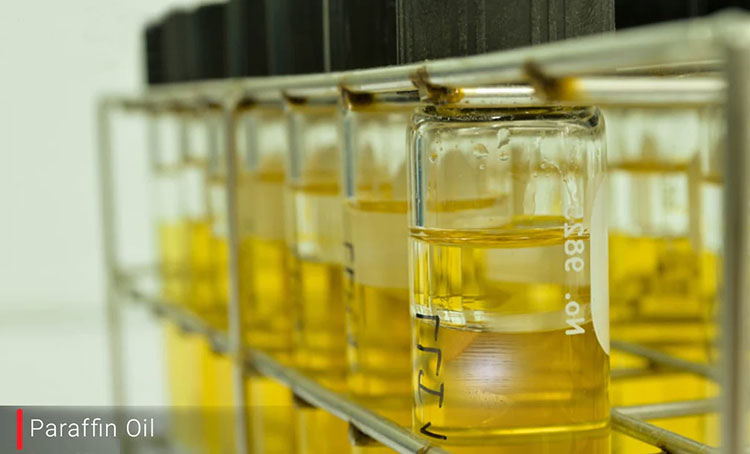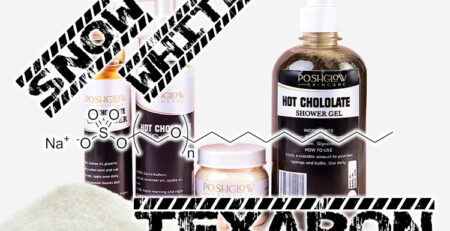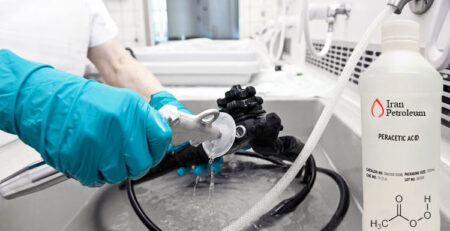Paraffin Oil
Abraham Gessner, a Canadian geologist, first distilled kerosene from coal in 1846. Kerosene, also called paraffin or paraffin oil, is a flammable and clear liquid that is distilled from oil. It is a mixture of different hydrocarbons and is less volatile than gasoline.
Paraffin oil is not the same as liquid paraffin. Paraffin oil is a yellow or clear colorless liquid, often known as mineral oil. This substance is colorless and odorless and is obtained from the distillation of crude oil. Paraffin oil is divided into two types, light and general, which have a low viscosity ratio of light mineral oil. Paraffin oil does not contain aromatic hydrocarbons and environmental protection. This product is marketed in pharmaceutical or health, food or edible and industrial grades and has various uses. Industrial-grade paraffin oil does not pollute the environment.
This product is marketed in the pharmaceutical, food, rubber, and plastic industries, cosmetics, and health industries and has various applications. Paraffin oil does not contain aromatic hydrocarbons and environmental protection. It does not pollute the environment in industrial applications.
What is Paraffin?
Paraffin is a saturated hydrocarbon compound in which all carbon atoms are connected to each other with simple bonds and other bonds are saturated with hydrogen atoms. Kinds of paraffin or paraffinic hydrocarbons are also called alkanes. This material are the main components of natural gas and oil. Paraffin has the chemical formula CnH2n+2, where the letter C is a carbon atom, H is a hydrogen atom, and n is an integer. Paraffin is obtained from petroleum derivatives. This petroleum composition exists in two forms, liquid and solid.
The cost of producing paraffin was high, but when new sources of paraffin and cheaper methods of refining were discovered, the price of the fuel changed dramatically and came down. Paraffin retains a lot of heat.
Types of Paraffin
History of Paraffin
Paraffin wax was first discovered in 1830 by Carl von Reichenbach, a German chemist. He tried to produce a device that can be used to separate and purify the waxy substances that are naturally present in oil.
Meanwhile, he discovered paraffin. This chemical was a major advance in the candle industry because it burned cleanly and reliably and was cheaper to make than other candle fuels.
Paraffin wax initially had a low melting point, but was later hardened by the addition of stearic acid, and this defect was overcome. Paraffin wax production boomed in the early 20th century due to the growth of the meat and oil packing industries, which created paraffin and stearic acid as byproducts.
Normal paraffin
Normal paraffin is a clear liquid made of saturated hydrocarbons with a straight chain structure. They are either extracted from kerosene, or produced through the “Fischer-Tropsch process” at gas-to-liquids production sites. Normal paraffin is the most important raw material for LAB production.
Making Paraffin Oil
The raw material for the production of paraffin is loose wax, which is a mixture of oil and wax, a by-product of refining lubricating oil. The stages of paraffin production are as follows:
The first step in making paraffin wax is to remove the oil (degreasing or dewaxing) from the loose wax. The oil is separated by crystallization. Usually, loose wax is heated, mixed with one or more solvents such as ketones, and then cooled.
As it cools, the wax crystallizes from the solution and only the oil remains. This mixture is divided into two solid and liquid parts, which are filtered in the solid part (wax plus some solvent) and in the liquid part (oil and solvent). After the solvent is recovered by the distillation process, the resulting products are called “product wax” (or “press wax”) and “foot oil”.
The lower the percentage of oil in the wax, the more refined it is. Product wax may be further processed to remove color and odor. Finally, the wax may be mixed to obtain certain desired properties such as melting point and penetration. Paraffin wax is sold in both liquid and solid forms.
Applications of Paraffin Oil
- Kerosene lamps were made from kerosene until they were replaced by light bulbs.
- Kerosene is widely used as home heating fuel for portable and installed heaters, and in developing countries, it is used in cooking stoves.
- The first jet propellant (JP) fuels were based on kerosene or gasoline-kerosene blends, and newer jet fuels are still kerosene-based.
- Topical skin treatment is used as an anti-itching and moisturizing agent.
- They are added to shampoos to protect the skin.
Buying Paraffin oil
Where to buy paraffin oil? Iran Petroleum is a producer of chemicals and an importer of chemical raw materials. To buy industrial paraffin, contact a paraffin sales expert.






Leave a Reply